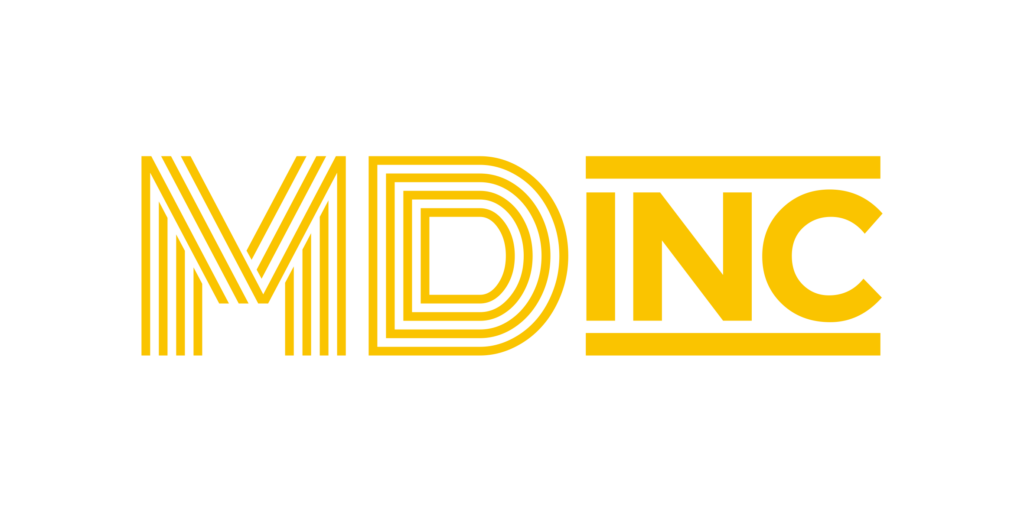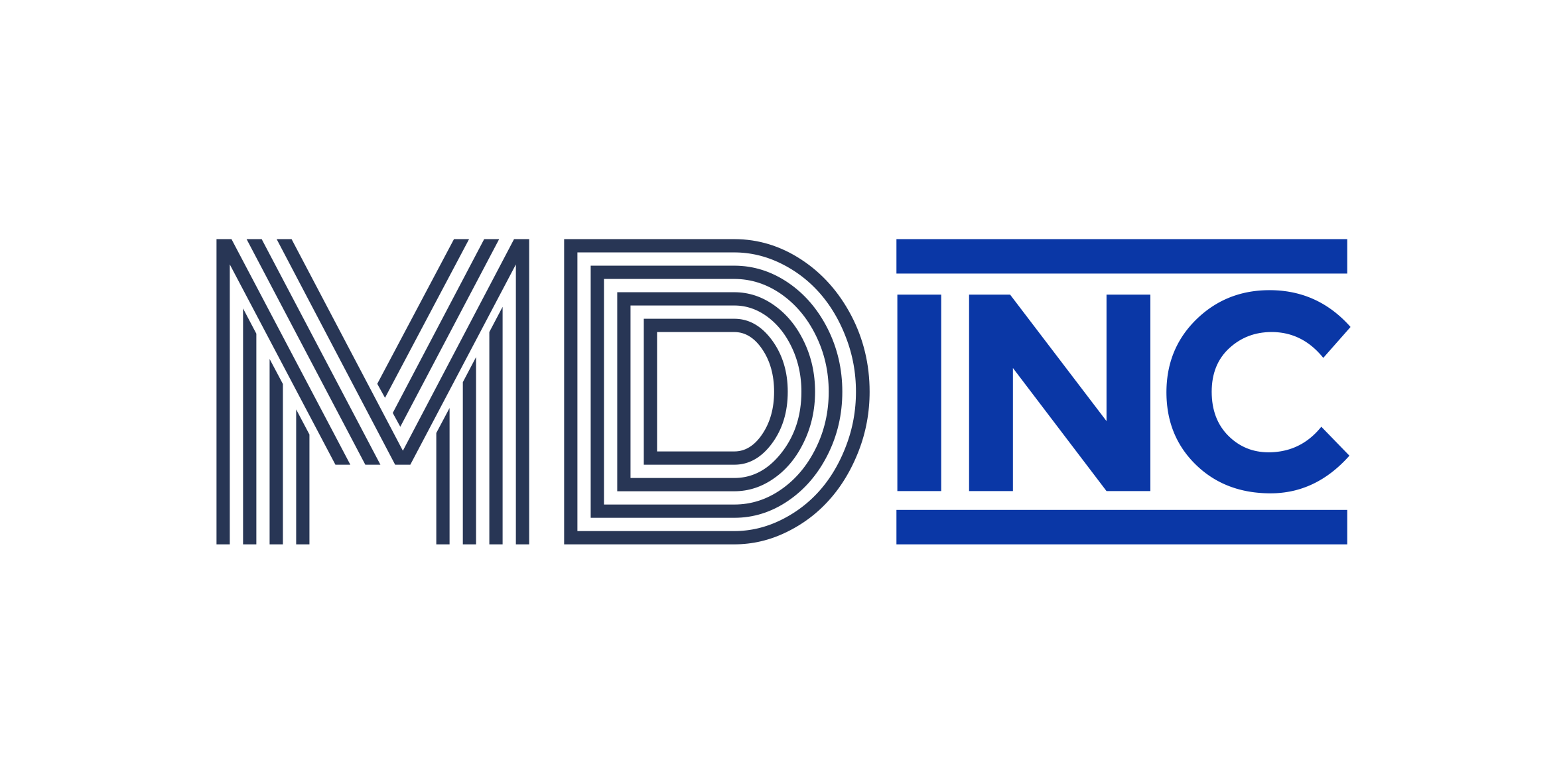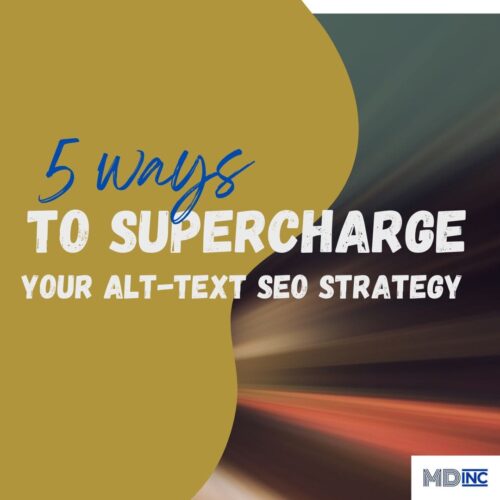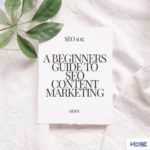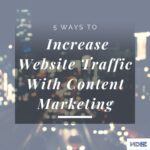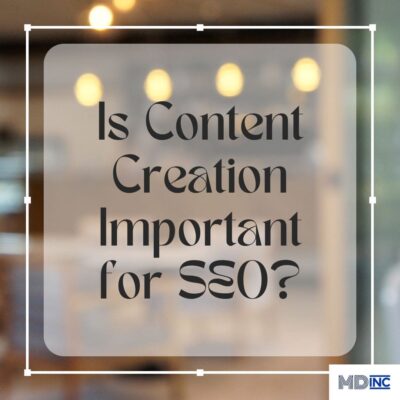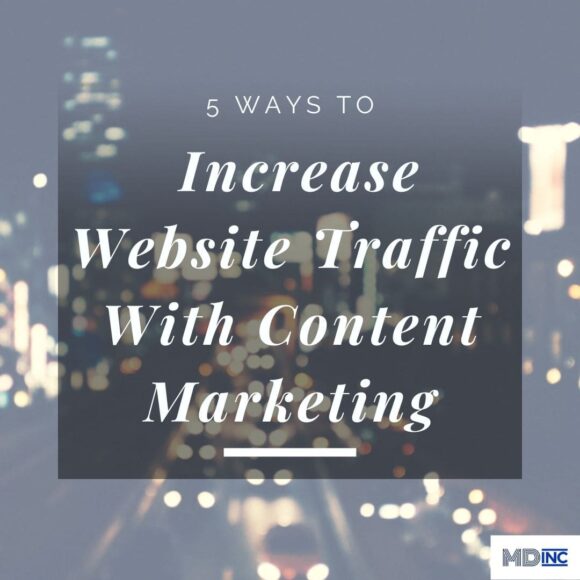5 Ways To Supercharge Your Alt-Text SEO Strategy
Alt-text—what is it, and why does it matter for SEO? Regarding digital content, Images captivate audiences and play a crucial role in driving search engine optimization (SEO) performance. At the heart of this visual optimization lies the secret weapon—alt-text. While often overlooked, this small but mighty element can significantly impact your website’s visibility, accessibility, and overall SEO strategy.
Alt-text, or alternative text or alt descriptions, is a text-based attribute that concisely describes an image on a web page. By mastering the art of crafting compelling alt-text, you can unlock a treasure trove of benefits for your online presence.
Learn about five proven tactics that can supercharge your alt-text SEO strategy.
From understanding the fundamentals to leveraging advanced techniques, these strategies will empower you to elevate your website’s search engine rankings, drive targeted traffic, and enhance the user experience for all your visitors, including those with visual impairments.
The Importance of Alt-text for SEO
Why do eCommerce SEO experts use image alt tags? Alt-text plays a pivotal role in the world of SEO, serving as a vital bridge between visual content and search engine comprehension. What does Google do with alt-text on websites? Search engines, such as Google and Bing, are primarily text-based and rely on alt-text to understand the context and relevance of the images on your website.
When search engine crawlers encounter an image, they cannot “see” it like a human does. Instead, they analyze the alt-text to determine the image’s content and its relationship to the surrounding page content. By incorporating relevant keywords and descriptive phrases within the alt-text, you can signal to search engines the topical relevance of your visuals, increasing the chances of your images appearing in image search results. Below are five ways to use alt-text in your SEO content marketing strategy for your benefit.
1. Prioritize and Update Key Images
The first step in supercharging your alt-text SEO strategy is to identify and prioritize the most impactful images on your website. These visuals appear on high-traffic pages, feature prominently in your content, or are directly tied to your products or services.
Start by thoroughly analyzing your website images. Determine which ones currently have alt text and which do not. Focus on images with the most potential to influence user engagement and search engine rankings.
When optimizing your alt-text, consider the following best practices for your SEO strategy:
- Optimize for relevant keywords
- Provide detailed descriptions
- Avoid keyword stuffing
- Test and iterate
2. Establish Alt-text as a Routine Practice
Maintaining a consistent and proactive approach to alt-text optimization is crucial for a successful SEO content strategy. Integrating alt-text creation into your regular content production and website management workflows ensures that every new image added to your site is optimized correctly.
Here are some strategies to make alt-text a routine practice:
- Implement checklists and reminders
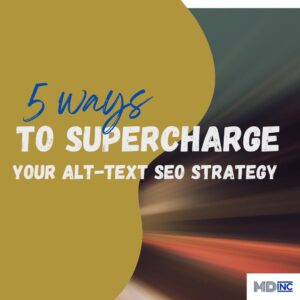
- Assign accountability
- Explore automation opportunities
- Continuously audit and update
Perform regular audits of your website’s images to identify outdated or missing alt-text. Allocate time to update these descriptions, keeping your alt-text strategy up-to-date and aligned with your evolving SEO strategy.
3. Craft Compelling Alt-text with Context and Keywords
When it comes to image SEO and how to optimize your alt-text and title text, compelling alt-text goes beyond simply describing the visual elements of an image. It should also provide valuable context and incorporate relevant keywords to maximize its impact on search engine optimization for your SEO strategy. If you’re wondering how to write alt-text for images for SEO, read the tips below.
- Describe the image accurately
- Incorporate relevant keywords
- Provide contextual information
- Avoid keyword stuffing
4. Leverage Alt-text for Enhanced Accessibility
Alt-text is not solely an SEO strategy; it also plays a crucial role in enhancing the accessibility of your website. By providing accurate and informative alt-text, you can ensure that all your visitors, including those with visual impairments, can fully engage with and comprehend the visual elements on your site. It’s important to incorporate the following into your alt-text SEO strategy.
- Cater to screen reader users
- Comply with accessibility standards (such as the Web Content Accessibility Guidelines [WCAG])
- Improve user experience for all
5. Continuously Evolve and Adapt Your Approach
SEO strategy is constantly evolving, and your alt-text strategy should adapt accordingly. Stay vigilant and proactive in monitoring industry trends, search engine algorithm updates, and best practices to ensure that your alt-text optimization efforts remain effective and aligned with the latest developments.
- Track performance and analyze data
- Stay informed on industry changes
- Continuously review and refine
- Experiment with new approaches
Don’t be afraid to try new ideas and techniques with your alt-text strategy. Experiment with different phrasing, keyword placement, and contextual information to identify the most effective approaches for your specific website and audience.
By embracing a mindset of continuous improvement and adaptation, you can ensure that your alt-text optimization efforts consistently deliver tangible benefits to your SEO strategy, performance, accessibility, and overall user experience.
Contact MDINC to discuss how you can optimize your alt-text SEO strategy and overall content strategy today!
